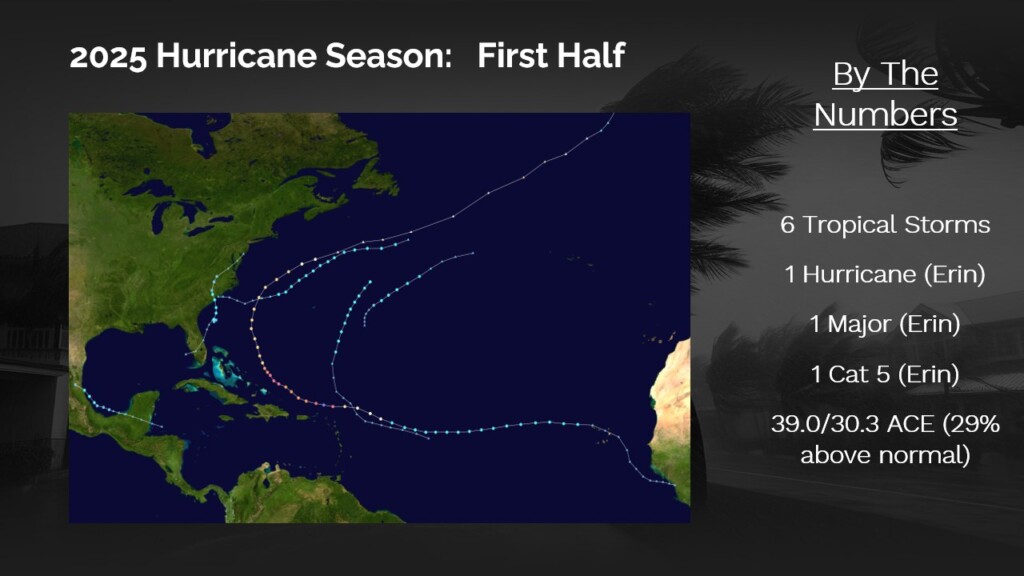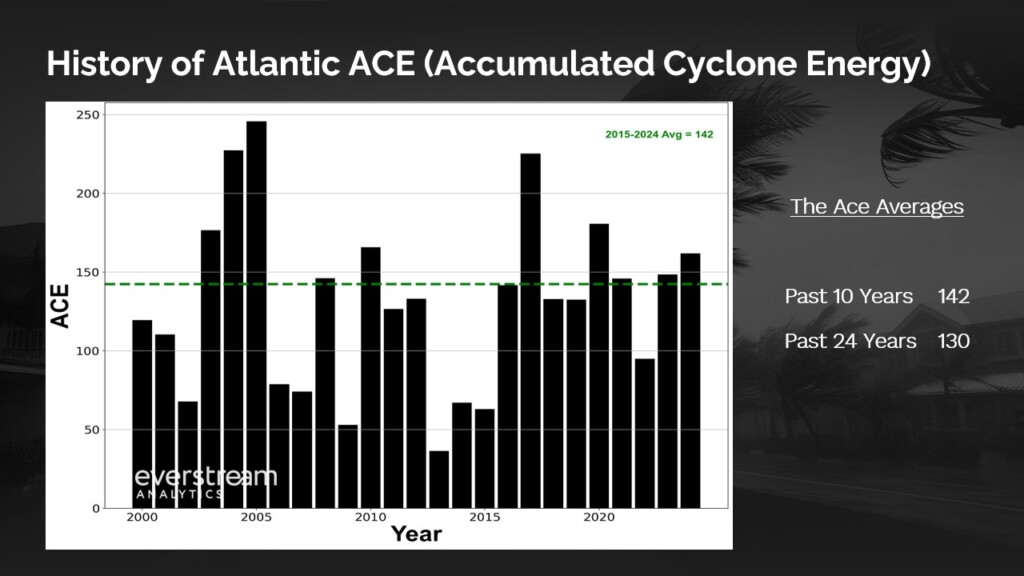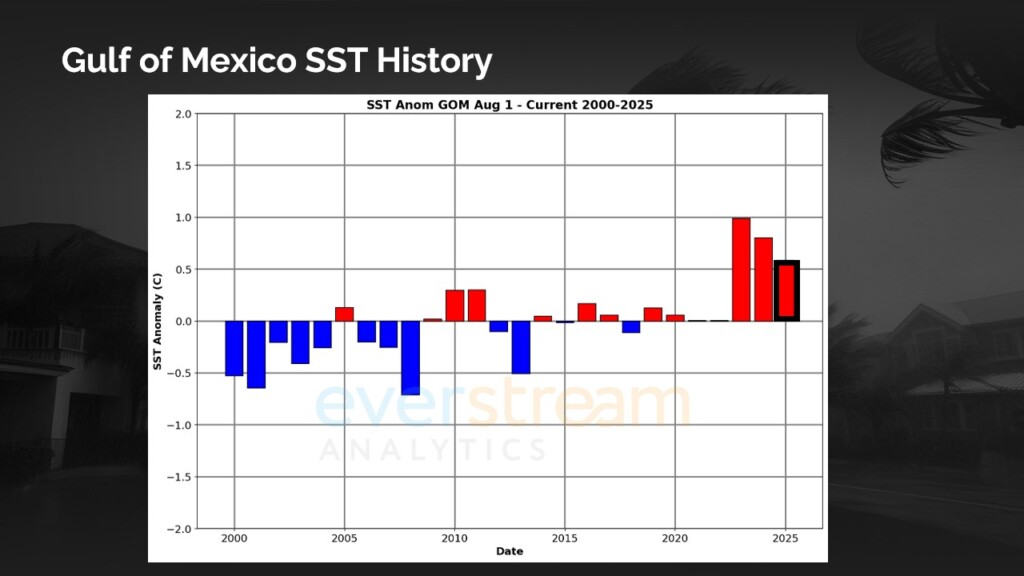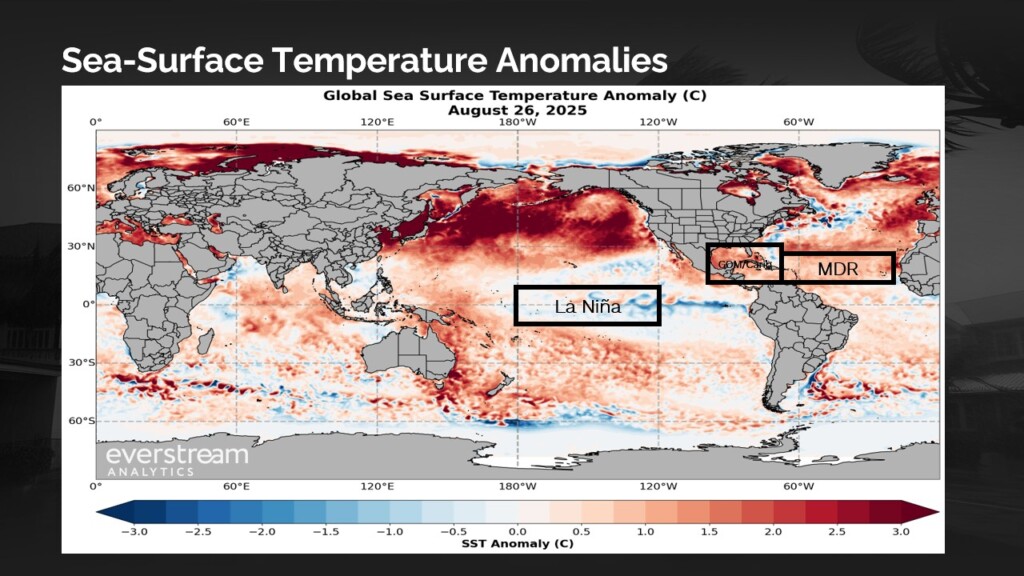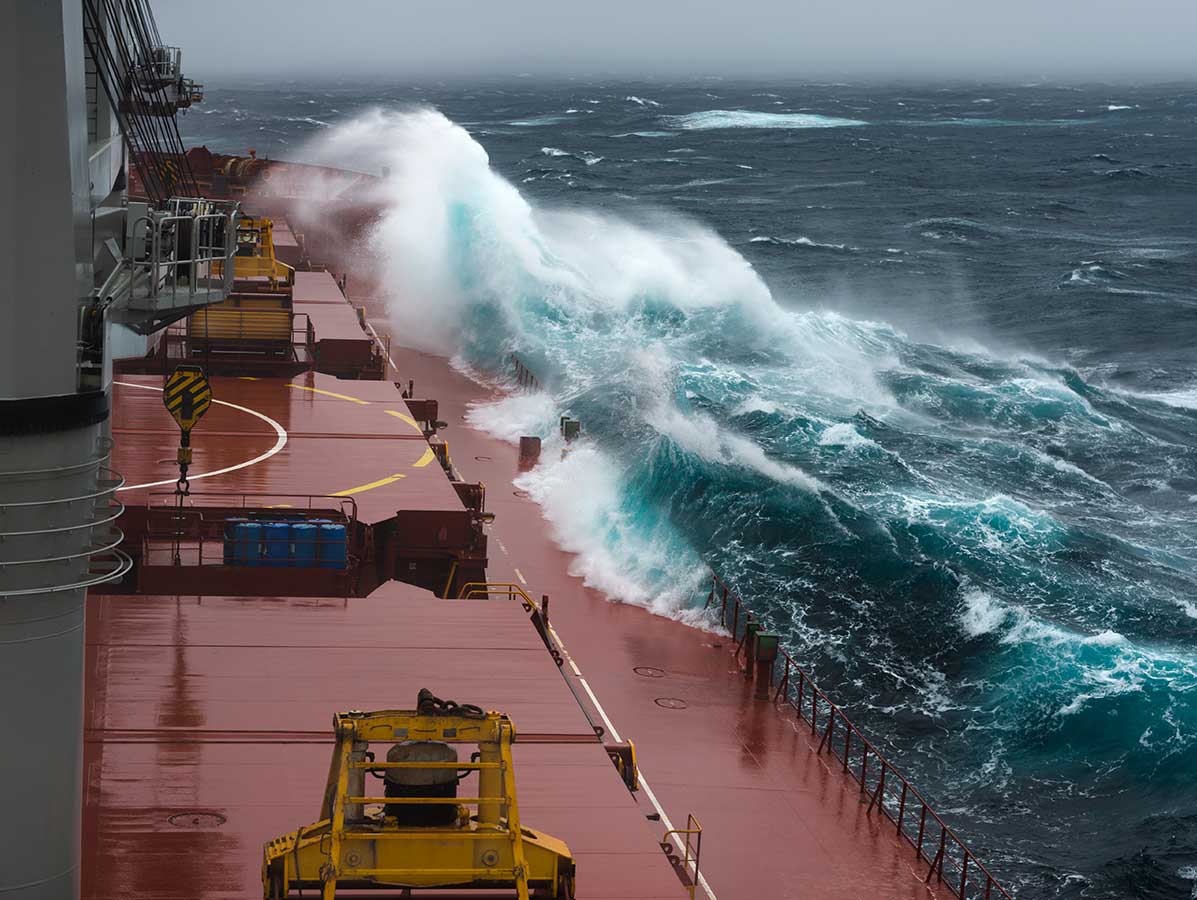Katrina – A Look Back
This week marks the 20th anniversary of Hurricane Katrina – one of the benchmark “black swan” events this century. Katrina made landfall in Louisiana on August 29, 2005. The devastating storm reached Category 5 status in the Gulf of Mexico prior to landfall as maximum sustained winds peaked at 175 mph (281 kmph).
In the end, 1,836 people died which is the second highest in recorded history in the Atlantic Basin; the 1900 Galveston, Texas storm was highest at nearly 10,000 fatalities. Economic loss from Katrina was 167 billion USD, the costliest hurricane in history, adjusted for inflation adjusted.

Figure 1: Hurricane Katrina caused significant loss of life, changed the demographics of New Orleans, and exposed vulnerabilities in supply chains
Impact of Hurricane Katrina
Looking back, Katrina exposed how vulnerable national and global supply chains were. Impacts via Katrina went on for months and even years.
New Orleans has never fully recovered from a demographic standpoint. Virtually all transportation in the south-central U.S. was halted – port, road, rail, and air. The areas that were most impacted near the center of landfall suffered severe damage. The damage was long-term in duration lasting months and in some cases, years.
The energy and agricultural sectors were impacted for years while damage to manufacturing, and distribution facilities was severe. Retail and consumer good disruptions reverberated around the globe for years.
Katrina forced the supply chain industry to think about and develop long term changes in supply chain risk management, including more robust contingency planning. These practices, which arguably started after the 2005 hurricane season, are still being developed and refined today. The event also showed the importance of logistics agility, infrastructure resilience and public-private partnerships. An example of this is the Everstream/ALAN (American Logistics Aid Network) partnership.

